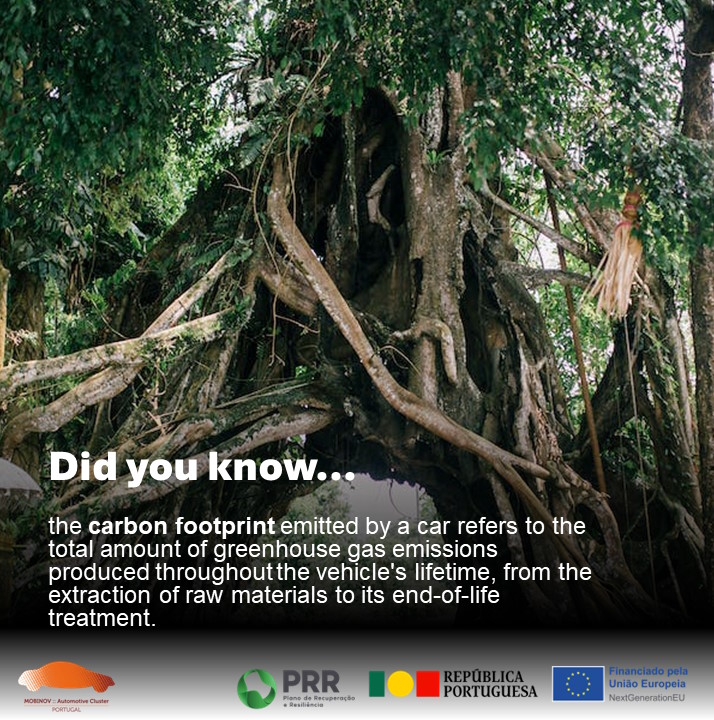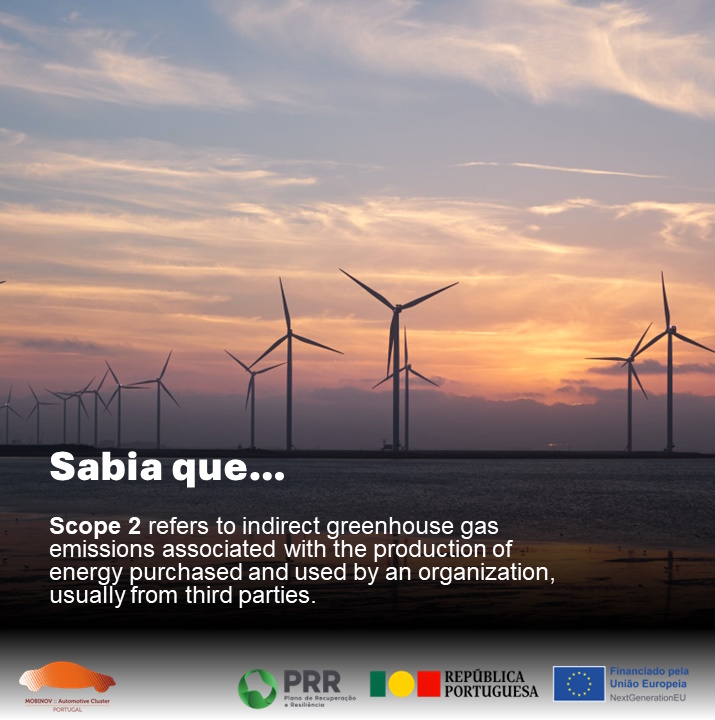
Scope 2 emissions are divided into two categories, Market-Based and Location-Based emissions.
Market-Based emissions are calculated based on the carbon intensity of the electricity purchased by the organization. If the organization uses electricity from cleaner sources, Scope 2 emissions will be lower.
On the other hand, Location-Based emissions are calculated based on the average carbon intensity of electricity in the region where the organization is located. Regardless of where the organization buys electricity, Scope 2 emissions reflect the average carbon intensity of electricity in the region.
Scope 2 is an important component of an organization’s emissions analysis, especially when considering the impact of the energy sources used to supply electricity. Reducing Scope 2 emissions requires transitioning to cleaner sources of electricity, such as renewable energy, as well as improving the energy efficiency of the organization’s facilities.
The development of the National Automotive Sector Decarbonization Roadmap has these same objectives: to reduce the impact of these industries on the environment by reducing their emissions and, at the same time, to contribute to their greater adaptation and resilience to future climate challenges.
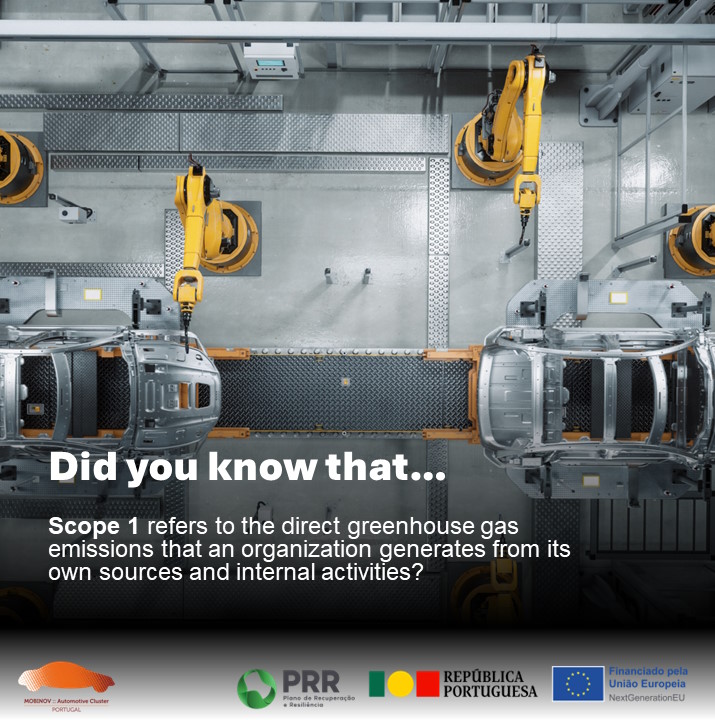
The main sources of Scope 1 emissions in the automotive sector include:
-
- Manufacturing Processes: the production of vehicles and components can generate GHG emissions;
- Factory Operations: resulting from the combustion of fossil fuels in boilers, for example to generate heat, electricity or steam in factory facilities;
- Company Vehicle Fleets: emissions associated with company vehicles used for internal transport, delivery of parts or other purposes related to vehicle manufacture also contribute to this category;
- Fluorinated Gases: any leaks of GHGs associated with the use of refrigerant gases in air conditioning or refrigeration systems on the factory premises also have a relevant weight in this category.
Monitoring and managing Scope 1 emissions in the automotive sector is fundamental to understanding and minimizing the environmental impact of internal operations. The industry can reduce its Scope 1 emissions through sustainable practices, such as improving energy efficiency in facilities, transitioning to cleaner energy sources, reducing the use of fossil fuels in its fleets and adopting less energy-intensive manufacturing technologies. Understanding and reducing Scope 1 emissions is a basic condition for the automotive sector to mitigate its environmental impacts and move towards more sustainable and less carbon-intensive production.
The development of the Decarbonization Roadmap for the National Automotive Sector has the same objectives: to reduce the impact of these industries on the environment by reducing their emissions and, at the same time, to contribute to their greater adaptation and resilience to future climate challenges.
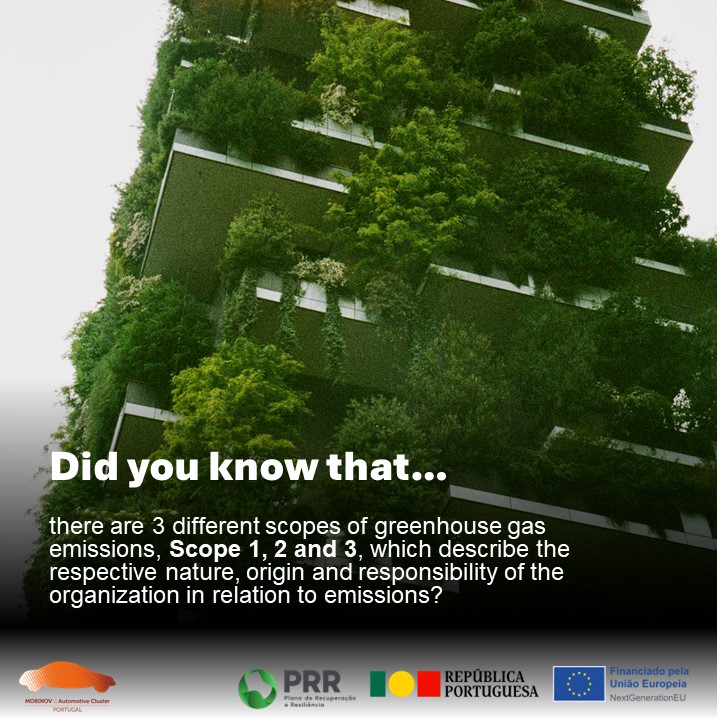
This classification is useful for understanding the origins and impacts of emissions, as well as for developing reduction strategies and climate change mitigation policies.
In this context, Scope 1 refers to the direct greenhouse gas emissions that an organization generates from its internal activities and emissions from its own fleet vehicles. These are the emissions over which the organization has direct control.
Scope 2 emissions, considered indirect, are associated with the production of energy purchased and used by an organization, usually from third parties, such as electricity purchased from the grid.
Finally, Scope 3 emissions are indirect, or induced, emissions associated with an organization’s activities that occur outside of its direct operations, and are therefore directly linked to the activity carried out in the value chain. Scope 3 emissions are usually the most representative and the most difficult for organizations to track and control.
The development of the Decarbonization Roadmap for the National Automotive Sector will take these specificities into account in order to effectively reduce the impact of these industries on the environment and, at the same time, contribute to their greater adaptation and resilience to future climate challenges.
The carbon footprint of a car is calculated taking into account various emission sources, including:
-
- Energy used in the production of the vehicle;
- Materials used in the construction of the vehicle;
- Consumption and type of fuel during use;
- Vehicle maintenance;
- Driving patterns and type of mobility;
- Energy used to treat the vehicle at the end of its life.
In this context, it is important to analyze all the emissions generated by a vehicle in order to assess its environmental impact and define strategies to mitigate these effects. Programs and actions focused on this area are key to combating climate change and promoting the climate transition in the transport sector.
The development of the National Automotive Sector Decarbonization Roadmap has these same objectives: to reduce the impact of these industries on the environment by reducing their emissions and, at the same time, to contribute to their greater adaptation and resilience to future climate challenges.
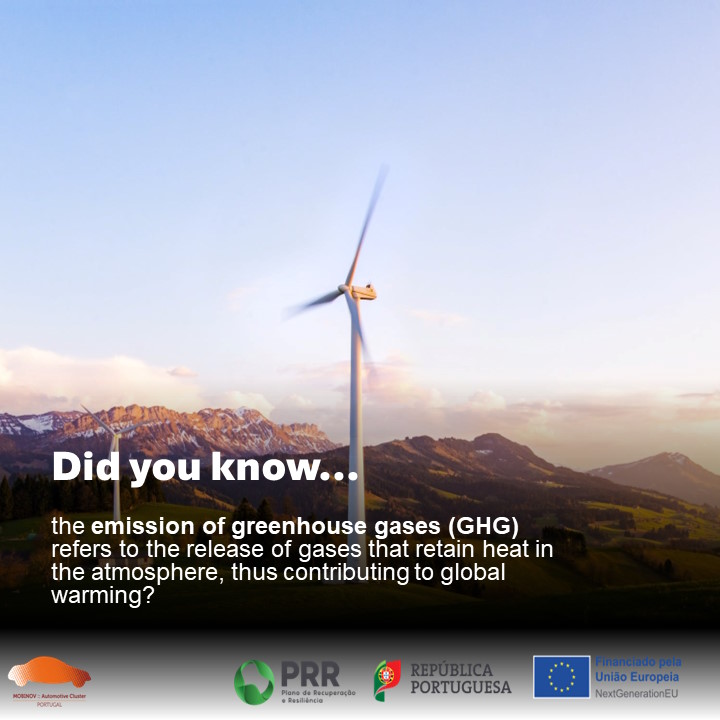
In this context, human activity is primarily responsible for the emission of these gases, with the transport sector accounting for around 16.2% of total global emissions. Looking specifically at the automotive industry, it can be seen that the main pollutants are:
-
- Carbon dioxide (CO2): CO2 is the main GHG released by motor vehicles and is produced by the combustion of fossil fuels.
- Methane (CH4): methane is emitted by vehicles, especially those using natural gas as fuel. This is a much more active GHG in terms of heat retention, although it is less common than CO2.
- Nitrous oxide (N2O): Nitrous oxide is emitted by the combustion of fossil fuels and also by vehicle activity.
- Hydrofluorocarbons (HFCs) and Perfluorocarbons (PFCs): Although less common compared to CO2, these chemical compounds are used in air-conditioning systems and other automotive components, presenting a high global warming potential.
GHG emissions from the automotive industry contribute significantly to climate change, making them an important focus when defining decarbonization strategies. The transition to more efficient vehicles with a lower carbon footprint is therefore a key aspect if regions and territories are to achieve carbon neutrality.

Climate Transition: Mobinov and 20 Companies Come Together to Build a Decarbonization Roadmap for the National Automotive Sector
In partnership with a wide range of companies representing the sector, Mobinov took the decision to start developing a project focused on building a Decarbonization Roadmap for the National Automotive sector, a Project/Investment supported by the PRR – Recovery and Resilience Plan, and by the Next Generation EU European Funds.
Mobinov announced the launch of an ambitious project aimed at creating a strategic roadmap for the decarbonization of the automotive sector in Portugal. With the participation of 20 companies representing the different subsectors of the national automotive industry, this initiative aims to drive the transition to a more sustainable future and reduce the environmental impact of operations in the sector.
The automotive sector plays a crucial role in the Portuguese economy, generating a large number of jobs and contributing substantially to the national GDP and annual exports. The Mobinov-led initiative therefore seeks to further strengthen these economic pillars, while promoting the creation of a sector that is better adapted to future climate challenges.
With global warming and climate change taking on increasing urgency across countries’ economies, the automotive sector faces significant challenges. The transition to a low-carbon economy is essential to mitigate risks and ensure the long-term sustainability of the sector. Threats posed by climate change range from pressure for stricter regulations on carbon emissions to growing consumer preference for shared mobility and low-carbon solutions.
However, Mobinov recognizes the importance of embracing these challenges as opportunities to innovate and create a more resilient and competitive automotive sector. Proactively embracing environmental risks will allow us to capitalize on the many emerging opportunities. The pursuit of energy efficiency, the adoption of clean technologies, the commitment to renewable energy producer systems, and the promotion of the circular economy will be key to building an automotive sector that is better prepared to face the uncertainties of the future.
With the 20 participating companies joining forces, Mobinov reinforces its commitment to innovation and sustainability in the automotive sector. The project aims to set ambitious targets for reducing carbon emissions while driving the adoption of sustainable practices across the value chain. It is expected that the Roadmap can be presented in December this year and that, from 2024, the sector will reinforce its action, towards the pursuit of carbon neutrality.
The decarbonization roadmap of the national automotive sector led by Mobinov represents a significant step towards a more sustainable future for Portugal and demonstrates the key role that the automotive industry plays in building a low-carbon economy.
https://recuperarportugal.gov.pt/
Mobinov Contact
Name: Carlos Gonçalves
Phone:
+351 220 164 898
Email:
geral@mobinov.pt





